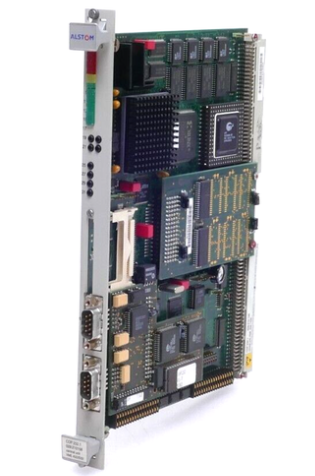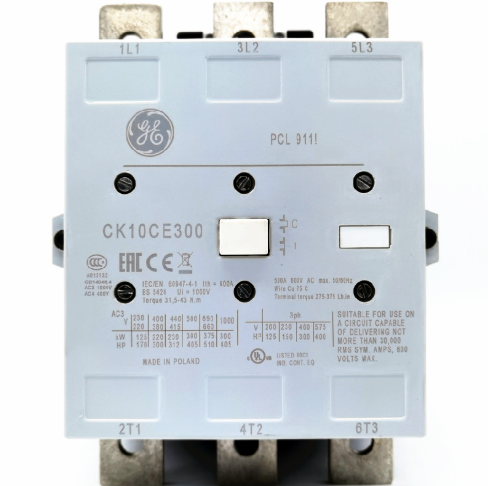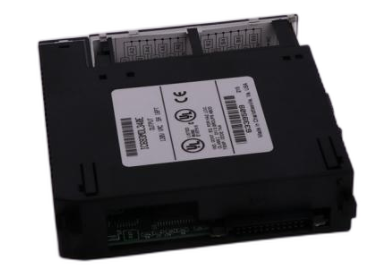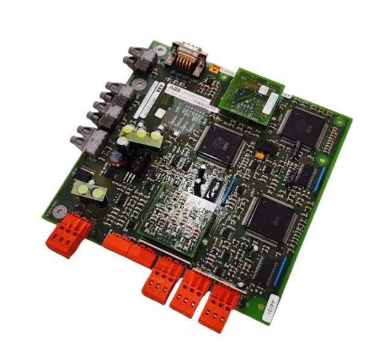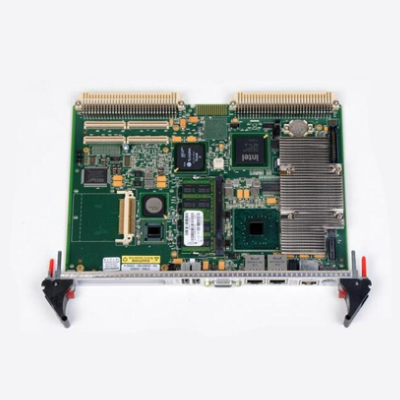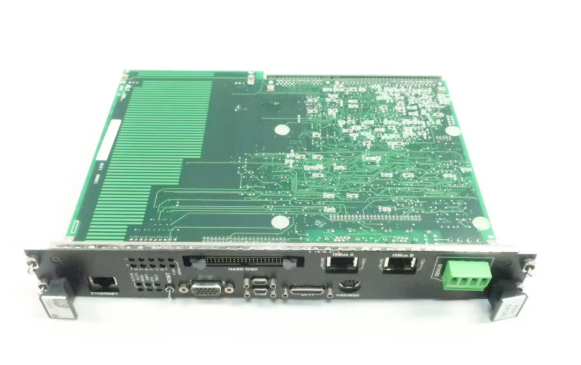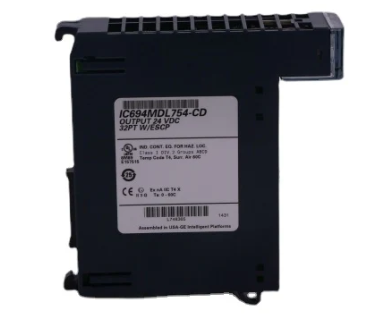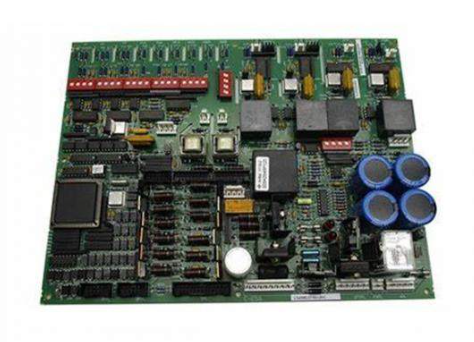SIEMENS SIMOTICS L-1FN3 series linear motor
Grounding: The PE wire is directly connected to the power module, and the cable shielding layer is extensively grounded without using core wire insulation (withstand rated voltage).
Specific connection:
Power cable: 4-core (PE=green yellow, U=black, V=black, W=black), core wire cross-section ≥ 2.5mm ² (2.5mm ² corresponds to max current of 21A, 16mm ² corresponds to max 66A);
Temperature sensor: KTY84 should pay attention to polarity (white=-, brown=+), Pt1000 should be wired according to the pins, and safety isolation should be achieved through TM120/SME12x;
Connector: 1FN3050 with fixed cable, 1FN3100-900 connected to cover plate with bolts, tightening torque M4=2.2Nm, M5=3.4Nm.
4. Debugging
Preconditions for debugging: Mechanical/electrical installation completed, cooling system functioning properly, and drive system functioning properly.
Key steps:
Checklist confirmation: including three types of inspections: general (component integrity/environment), mechanical (air gap/slider flexibility), and electrical (grounding/shielding);
Insulation resistance test: tested with ≤ 1000V DC, with a winding to PE impedance of ≥ 10M Ω for 60 seconds;
Cooling system inspection: Confirm that the coolant meets the requirements, the circuit pressure is ≤ 10 bar, and there are no leaks;
Trial operation: Limit current/speed, monitor commutation (correct UVW phase sequence), check temperature sensor response.
5. Operation and maintenance
Operation monitoring:
Normal parameters: current ≤ rated value, temperature ≤ 120 ℃, no abnormal noise/vibration;
Troubleshooting: Motor lockout (check overload/phase), abnormal heating (check cooling/winding), abnormal noise (check air gap/commutation), see the fault table for details.
Maintenance cycle: There is no fixed cycle, follow the following warning signs:
Foreign objects around the motor, machine abnormalities (visual/auditory), decreased positioning accuracy, and increased current consumption;
Coolant: Check/replace according to the requirements of the anti-corrosion agent manufacturer, and regularly flush the cooling circuit.
6. Scrapping and disposal
Scrap steps:
Power off → wait for DC bus discharge → cool down for 30 minutes;
Disconnect the cooling circuit (reduce pressure to 0 bar) → drain the coolant (compliant treatment);
Dismantle the cable (insulated power interface) → clean up foreign objects in the motor;
Disassemble in reverse order of installation (first disassemble the primary components, then disassemble the secondary components in sections).
Waste disposal:
Secondary components: need to be demagnetized (300 ℃ ≥ 30min), and then classified and recycled (permanent magnets/metals/electronic components);
Packaging: PE/PP/PS is recyclable, wood is combustible, and municipal waste disposal is prohibited.
Appendix and Compliance
1. Key Appendix Resources
Installation of Hall sensor box: Provide installation dimension drawings for different models (1FN3050-900), specifying the spacing (such as 212.5+30 × Np mm) and fixing method;
Third party recommendation:
Category Manufacturer Product/Model Official Website
Corrosion inhibitor TYFOROP chemical Tyfocor www.tyfo.de
Corrosion inhibitor Clariant Antifrogen N from Germany www.clariant.de
Cooling connector Rectus plug-in joint 21 SF AW10 MPX www.rectus.de
Plastic hoses Festo - www.festo.com
Abbreviations: EMC (Electromagnetic Compatibility), PE (Protective Grounding), PTC (Positive Temperature Coefficient Sensor), Temp-S (Overtemperature Protection Circuit).
2. Compliance standards
Following standards: EN 60034 (Rotating Electrical Machinery), EN 60204-1 (Mechanical and Electrical Equipment), IEC 61800-5-1 (Safety Isolation);
Compliant with directives: EMC 2014/30/EU (Electromagnetic Compatibility), Low Voltage Directive 2014/35/EC, Customs Union EAC certification

- EMERSON
- Honeywell
- CTI
- Rolls-Royce
- General Electric
- Woodward
- Yaskawa
- xYCOM
- Motorola
- Siemens
- Rockwell
- ABB
- B&R
- HIMA
- Construction site
- electricity
- Automobile market
- PLC
- DCS
- Motor drivers
- VSD
- Implications
- cement
- CO2
- CEM
- methane
- Artificial intelligence
- Titanic
- Solar energy
- Hydrogen fuel cell
- Hydrogen and fuel cells
- Hydrogen and oxygen fuel cells
- tyre
- Chemical fiber
- dynamo
- corpuscle
- Pulp and paper
- printing
- fossil
- FANUC
- Food and beverage
- Life science
- Sewage treatment
- Personal care
- electricity
- boats
- infrastructure
- Automobile industry
- metallurgy
- Nuclear power generation
- Geothermal power generation
- Water and wastewater
- Infrastructure construction
- Mine hazard
- steel
- papermaking
- Natural gas industry
- Infrastructure construction
- Power and energy
- Rubber and plastic
- Renewable energy
- pharmacy
- mining
- Plastic industry
- Schneider
- Kongsberg
- NI
- Wind energy
- International petroleum
- International new energy network
- gas
- WATLOW
- ProSoft
- SEW
- wind
- ADVANCED
- Reliance
- YOKOGAWA
- TRICONEX
- FOXBORO
- METSO
- MAN
- Advantest
- ADVANCED
- ALSTOM
- Control Wave
- AB
- AMAT
- STUDER
- KONGSBERG
- MOTOROLA
- DANAHER MOTION
- Bently
- Galil
- EATON
- MOLEX
- Triconex
- DEIF
- B&W
- ZYGO
- Aerotech
- DANFOSS
- KOLLMORGEN
- Beijer
- Endress+Hauser
- MOOG
- KB
- Moxa
- Rexroth
- YAMAHA
- Johnson
- Westinghouse
- WAGO
- TOSHIBA
- TEKTRONIX


Email:wang@kongjiangauto.com















